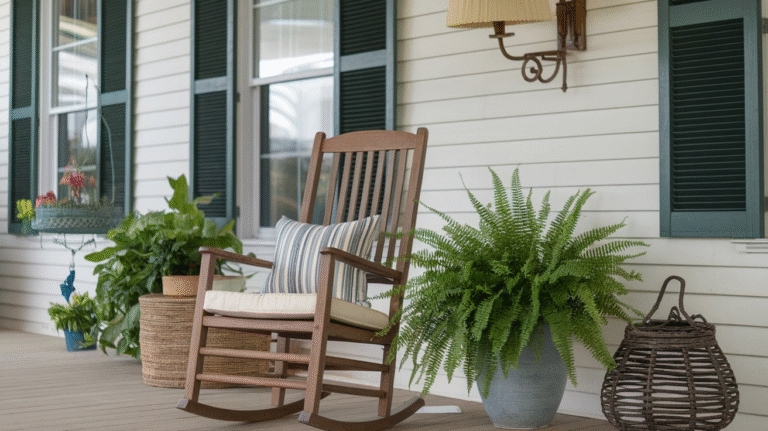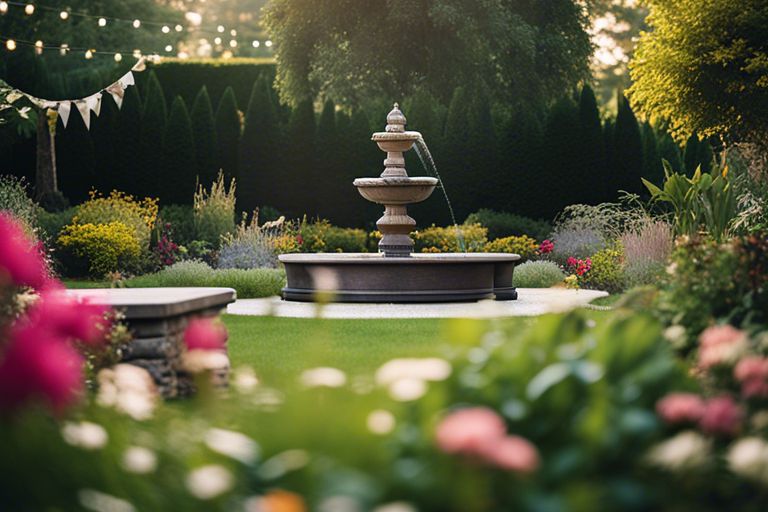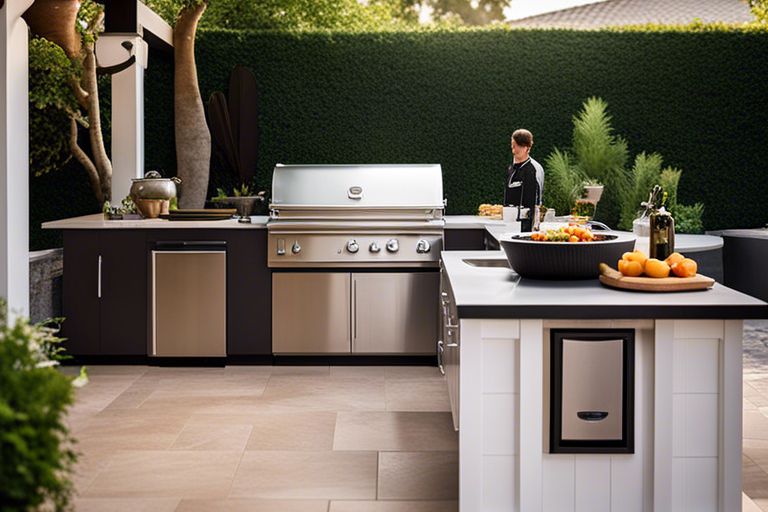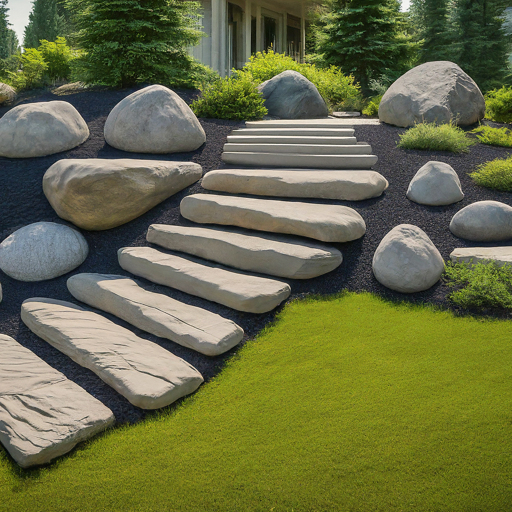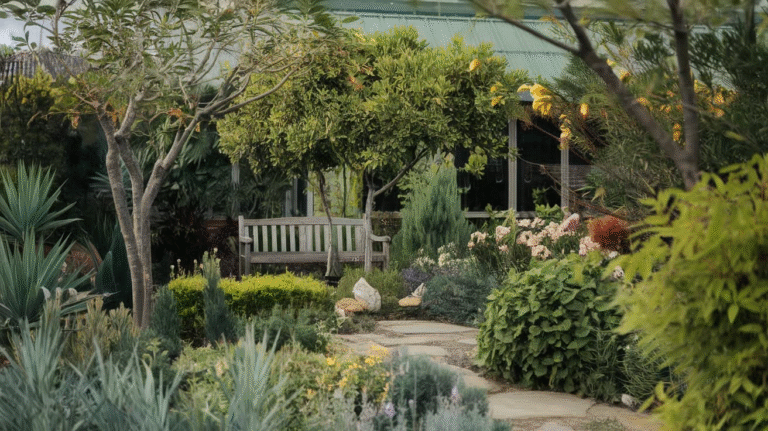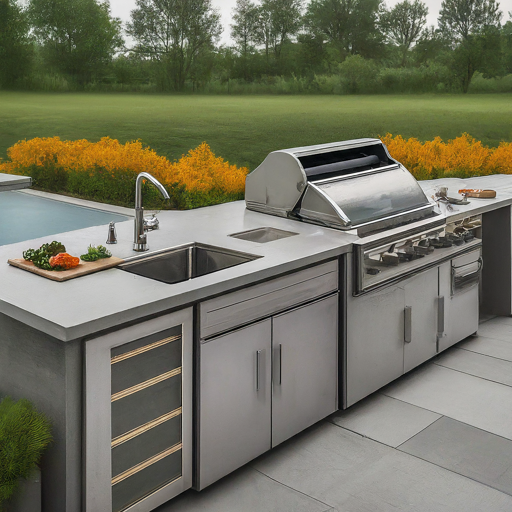23 Exceptional Raised Garden Bed Ideas That Will Inspire You

Raised garden beds aren’t just for hobbyists or retirees with too much time on their hands.
They’re practical, stunning, and can transform a bland backyard into a botanical masterpiece.
Whether you’re short on space, battling poor soil, or just want to grow veggies without constantly bending over, raised garden beds are a game-changer.
I’ve tried dozens over the years—from humble DIY pallets to sleek galvanized steel—and I’m here to spill the soil, so to speak.
Let’s dig into 23 exceptional raised garden bed ideas that’ll give your outdoor space some serious style and your crops the VIP treatment they deserve.
1. Cedar Wood Raised Beds: The Timeless Classic
There’s a reason cedar raised beds are the go-to choice for many gardeners. Cedar is naturally rot-resistant, deters pests, and smells like a lumberjack’s cologne. It lasts 10–15 years outdoors and gracefully ages into a silvery gray.
Use 2×6 cedar boards for strength. Avoid pressure-treated wood—it leaches chemicals into the soil. I built mine with untreated cedar six years ago and it’s still going strong despite brutal monsoons.
Pro tip: Seal it with linseed oil if you want to extend its life further.
2. Galvanized Metal Beds: Industrial and Durable
If cedar is rustic charm, galvanized steel is modern edge. These sleek beds can handle rain, sun, snow, and even a few soccer balls kicked their way. They don’t rot, won’t warp, and look surprisingly stylish next to greenery.
They reflect sunlight, warming soil faster in spring—a bonus if you’re growing early crops like lettuce or radishes.
Stat check: Galvanized beds can last 30+ years with minimal maintenance.
3. Brick or Stone Beds: Built to Last
Want something that feels more permanent? Try stone or brick raised beds. They’re ideal for creating structure in your landscape and pair beautifully with herbs and Mediterranean plants like rosemary or thyme.
Yes, they’re more labor-intensive, but once done, they’ll outlive your garden tools. I laid bricks in a circular pattern once—it became the talk of the neighborhood and a favorite Instagram backdrop.
4. U-Shaped Raised Beds: Maximum Access
A U-shaped raised bed is the ultimate setup for accessibility and space optimization. You can reach everything from all sides without stepping on your soil.
Use this design if you’re growing a high-yield kitchen garden—think tomatoes, peppers, cucumbers, and herbs. It’s a joy to harvest without doing the garden version of Twister.
5. Tiered Raised Beds: Vertical Gardening With Style
Perfect for sloped yards or maximizing small spaces, tiered beds let you grow more without sprawling across the lawn. Think of it as garden bunk beds—each level gets sunshine and attention.
I grow strawberries on the top tier (they like to spill over), lettuce in the middle, and carrots on the bottom where it’s cooler and more shaded.
6. Cinder Block Beds: Budget-Friendly and Sturdy
If you’re on a tight budget or want a no-nonsense build, cinder blocks are your friend. Stack them in a rectangle, fill them up, and you’re ready to plant.
Bonus: you can plant herbs in the holes of the blocks. I grow chives, basil, and even marigolds in mine.
7. Corrugated Metal and Wood Combo: Modern Farmhouse Vibe
Pair corrugated metal panels with wood frames for that Joanna Gaines aesthetic. It’s the perfect blend of rustic and refined. This design is great if you want your raised beds to match a modern farmhouse or industrial home exterior.
I used black matte screws for a sleeker look. Every guest who sees it says, “Did you buy that or make it?” That’s the kind of DIY flattery you want.
8. Keyhole Gardens: Compost and Grow in One
Originating from Africa, keyhole gardens are a sustainable gem. The design features a central compost basket surrounded by a circular raised bed, with a “keyhole” path so you can walk into it and feed your compost easily.
Why it’s brilliant: as the compost breaks down, it feeds the surrounding plants with nutrients and retains water.
Great for dry regions or eco-conscious gardeners.
9. Elevated Table-Style Beds: No Bending Required
These waist-height beds are a godsend if you have back issues or limited mobility. Perfect for patios, balconies, or urban rooftops, they’re typically built from wood and stand on sturdy legs.
Great for growing shallow-rooted veggies like radishes, lettuce, and herbs.
10. Pallet Raised Beds: Free and Upcycled
Got access to free pallets? You’ve got raised bed material. Carefully dismantle them (watch those nails!) and use the slats to build a rustic, functional garden bed.
It won’t last forever, but it’s a great starter option. I built one with my nephew in an afternoon—it was his intro to gardening, and he still talks about “his lettuce.”
11. Spiral Herb Beds: For the Herbalist at Heart
These spiral-shaped raised beds are both beautiful and practical. They allow for microclimates—sun-loving herbs like rosemary go up top, moisture-hugging mint at the base.
Use bricks or stones to create the spiral. It’s a weekend project with artistic flair.
12. Concrete Block Beds With Seating
Double your functionality with concrete block beds that also have built-in seating. Cap the edges with wood planks or wide stones and you’ve got the perfect place to sip coffee while harvesting kale.
Looks clean, modern, and keeps the garden social.
13. Stock Tank Beds: Ranch-Chic Garden Style
Repurpose galvanized livestock troughs into raised beds. They’re deep, durable, and instantly add character. Drill some drainage holes and fill them with soil. That’s it.
These look fantastic in gravel-filled yards or next to a chicken coop if you’ve gone full homestead.
14. Recycled Wine Barrels: Small-Space Magic
Half wine barrels are ideal for container-style raised gardening. Perfect for balconies, decks, or areas with space constraints.
I grow cherry tomatoes and basil in mine. It’s like a pizza garden waiting to happen.
15. Wattle Fencing Raised Beds: Old-World Charm
Using woven sticks or branches, wattle beds add a rustic, cottagecore touch. They’re surprisingly sturdy and allow great drainage.
Not ideal for wet climates (they’ll rot), but in drier areas, they’re charming and natural.
16. Raised Beds With Trellis Attachments
If you’re growing climbers like peas, beans, or cucumbers, add a trellis to the back of your raised bed. You’ll save space and keep your crops clean and easy to pick.
It also makes harvesting fun—like unwrapping nature’s candy.
17. Plastic Modular Beds: Snap Together and Go
Modular plastic raised beds are lightweight, clean-looking, and fast to assemble. Ideal for renters or those who like rearranging layouts often.
Many are UV-stabilized and BPA-free, which means your plants are safe and your garden looks neat.
18. Raised Beds With Cold Frame Lids
Want to extend your growing season? Add a hinged cold frame or removable greenhouse top to your raised bed.
I harvested arugula in February one year thanks to this setup. It’s also great for starting seedlings without needing a full greenhouse.
19. Straw Bale Beds: Temporary and Fertile
Arrange straw bales into a rectangular shape and plant directly into the bales. As they decompose, they feed your plants and create rich compost.
Great for a season or two. Afterward, you can compost the whole thing.
20. Raised Beds With Built-in Irrigation
If you live in a hot climate or hate dragging hoses, install drip irrigation directly into your raised beds.
Not only does this save water, but it also keeps leaves dry, reducing disease. Some systems even connect to smart timers so you can garden from your phone.
21. Bamboo-Edged Raised Beds: Eco and Exotic
Line your raised bed with bamboo poles for a unique tropical look. Use them as edging or to frame out an existing wooden or stone bed.
Bamboo is strong, renewable, and brings a zen-like vibe to the space.
22. Raised Beds on Wheels: Mobile Gardening
Yes, beds with caster wheels exist. Roll them around for optimal sun or shelter. Perfect for patios, urban rooftops, or renters who might need to move them.
Grow lettuce in the morning sun and roll them into the shade by noon. That’s luxury gardening.
23. Kids’ Raised Garden Bed: Little Green Thumbs
Design a smaller, colorful raised bed just for the kiddos. Let them paint the outside and choose what to grow. Strawberries, carrots, and cherry tomatoes are always hits.
I did this with my niece, and now she insists on being called “the garden boss.”
Final Thoughts: Build It and They Will Grow
Raised garden beds aren’t just containers for dirt. They’re a commitment to better soil, easier gardening, and a more beautiful outdoor space. Whether you’re working with reclaimed wood, sleek metal, or even straw bales, each option brings unique advantages.
Stats show that gardeners who use raised beds experience:
- 2x higher yields due to soil control
- Fewer weeds (since you don’t walk on the soil)
- Extended growing seasons with better drainage and warmer soil
- Up to 50% less water waste when paired with drip irrigation
Start small. One 4×4 bed can produce a surprising amount of food. Add more as your confidence (and cravings) grow. Before long, you’ll be bartering zucchinis with your neighbors and giving tomatoes away like candy.
Gardening is not about perfection—it’s about participation. So grab a shovel, pick your raised bed style, and get those hands dirty.

